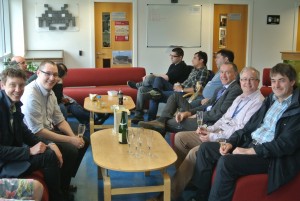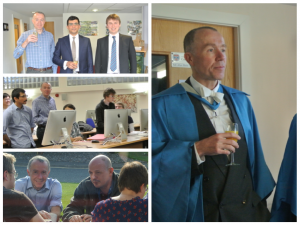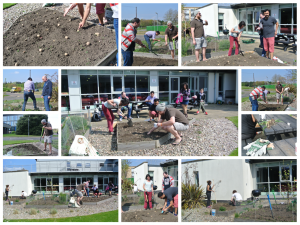The School of Computer Science welcomes the opportunity to hear from Professor John Stasko of Georgia Tech,who will be delivering his talk on “New Approaches for Information Visualization: Rethinking Existing Notions” remotely. 
Abstract:
As the field of information visualization matures, researchers are able to reflect on, and perhaps even question, some long-accepted notions from the area. In this talk, I focus on three such notions:
* Representing network data through force-directed node-link diagrams
* Focusing on visual representation first and foremost
* Evaluating visualizations through user studies and experiments
Although these ideas clearly have value as evidenced by their acceptance and longevity, I have begun to question the wisdom of each. In this talk I’ll explain my concerns about these notions and I’ll suggest a new, alternative approach to each as well. To support these arguments, I will describe a number of research projects from my lab that illustrate and exemplify the new approach.
Bio:
John received the B.S. degree in Mathematics at Bucknell University in Lewisburg, Pennsylvania (1983) and Sc.M. and Ph.D. degrees in Computer Science at Brown University in Providence, Rhode Island (1985 and 1989). He joined the faculty at Georgia Tech in 1989, and he is presently a Professor in the School of Interactive Computing in the College of Computing. His primary research area is human-computer interaction, with a focus on information visualization and visual analytics. John is a senior member of the ACM and IEEE. He was named an ACM Distinguished Scientist in 2011 and an IEEE Fellow in 2014. He also received the 2012 IEEE VGTC Visualization Technical Achievement Award. In 2013 John served as General Chair of the IEEE VIS conferences in Atlanta, and he was named an Honorary Professor in the School of Computer Science at the University of St. Andrews in Scotland.
This seminar is part of our ongoing series from researchers in HCI. See here for our current schedule.
Event details
- When: 2nd June 2015 14:00 - 15:00
- Where: Cole 1.33a
- Format: Seminar




